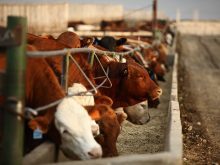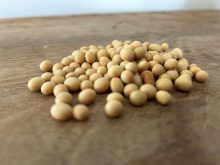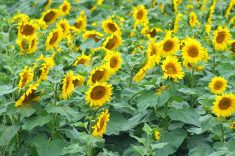Commodity News Service Canada — Winter wheat planting conditions have been “perfect” in many areas of the Europe Union this fall, Leo Plaisier, partner at Agribrokers International said during a presentation at the Cereals of North America conference in Winnipeg.
He added that acreage in the European Union is expected to increase slightly from last year, and the wheat that’s been seeded already is ready for a “happy dormancy.”
In Ukraine, conditions for winter wheat planting have been reasonable, with acreage to be steady compared to last year. Though, weather could be better for crop establishment heading into dormancy, Plaisier added.
Read Also

Survey looks to gauge whether producers are aware of free agronomic tools and where producer funds are going
Survey looks to gauge whether producers are aware of free agronomic tools and where producer funds are going
The biggest planting problems have been seen in Russia, as it’s been too dry and farmers are concerned that the crops won’t be in good condition as they head into winter freeze-up. Though, acreage isn’t expected to see much change overall from last year.
There are also concerns about the quality of the European spring wheat crop due to untimely rains in many areas, especially in France. Plaisier said this has caused more feed wheat than normal, and tight supplies of high quality wheat, which will likely result in fewer exports compared to last year.
He expected the quality problems to result in a very large carryout of 19 million tonnes in the EU this year. Farmers are just going to have to accept the large ending stocks, because there won’t be a lot of opportunities to market large amounts of feed wheat, Plaisier added.
“To export feed wheat on the world market is difficult, when you have to compete with corn prices,” he said. “And, French farmers won’t accept it. They will prefer to keep the wheat and blend it with new crop good quality wheat.”














